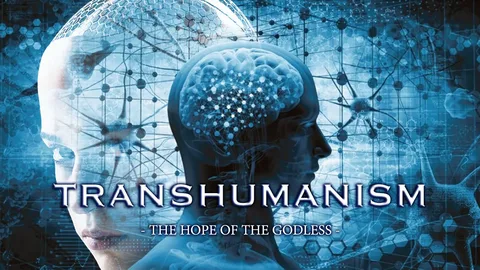When artificial intelligence (AI) negotiates with AI, it raises intriguing questions and introduces unique dynamics that have the potential to reshape various industries and aspects of human interaction. Here’s what happens when AI negotiates with AI:
1. Efficient and Data-Driven Negotiations:
- AI-driven negotiations are highly efficient and data-driven. AI algorithms analyze vast amounts of data to make informed decisions, ensuring negotiations are based on facts, trends, and historical data. This can lead to more precise and strategic negotiations.
2. No Emotional Bias:
- Unlike humans, AI does not possess emotions or personal biases. It evaluates negotiations solely based on predefined parameters and objectives. This absence of emotional bias can lead to objective and rational decision-making.
3. Consistency and Predictability:
- AI negotiates with consistency and predictability. Once trained, AI systems maintain a consistent approach to negotiations, ensuring that the outcomes align with predefined goals and strategies.
4. Rapid Decision-Making:
- AI can make rapid decisions, often in real-time. This speed is especially valuable in high-frequency trading, automated customer service, and dynamic pricing negotiations, where quick responses are critical.
5. Adaptability to Changing Conditions:
- AI can adapt to changing market conditions, making adjustments to negotiation strategies as needed. This adaptability is crucial in scenarios where external factors, such as supply and demand, fluctuate frequently.
6. Complex Multivariable Analysis:
- AI can handle complex multivariable analysis during negotiations, considering numerous factors simultaneously. This ability is advantageous in scenarios where multiple variables affect the outcome, such as in financial markets.
7. Improved Accuracy and Precision:
- AI-driven negotiations can achieve high levels of accuracy and precision. These negotiations minimize errors and reduce the likelihood of human mistakes in complex decision-making processes.
8. Potential for Collaborative Negotiations:
- AI systems can also collaborate in negotiations. Multiple AI agents from different organizations or entities can work together to find mutually beneficial solutions, optimizing outcomes for all parties involved.
9. Ethical Considerations:
- AI negotiations raise ethical considerations, such as ensuring fairness and avoiding collusion between AI agents. Proper regulations and oversight may be necessary to maintain transparency and prevent unethical behavior.
10. Human Oversight and Intervention:
– Despite the autonomy of AI negotiations, human oversight and intervention remain essential. Humans can set objectives, define negotiation parameters, and ensure that AI-driven negotiations align with ethical and legal standards.
11. Application Across Industries:
– AI-driven negotiations have applications across various industries, including finance (algorithmic trading), e-commerce (automated pricing), healthcare (treatment plan optimization), and logistics (supply chain negotiations), among others.
12. Evolving AI Capabilities:
– As AI technologies continue to advance, the capabilities of AI-driven negotiations will evolve. Machine learning, reinforcement learning, and natural language processing will contribute to more sophisticated AI negotiators.
In summary, AI negotiating with AI represents a fundamental shift in how business transactions, agreements, and decisions are made. The efficiency, data-driven nature, and lack of emotional bias in AI negotiations offer potential benefits in terms of accuracy, speed, and adaptability. However, ethical considerations, regulations, and the need for human oversight remain crucial aspects of this emerging field. As AI continues to evolve, its role in negotiations is likely to become increasingly prominent and transformative across a wide range of industries.









